A beginner’s guide to Roof Windows, Rooflights and Skylights

Considering a loft conversion or an extension, and confused on how to bring in the maximum natural light? Spend a few minutes reading through this comprehensive guide in Houzz on just how to do that with roof windows, rooflights and skylights. If you’d like some guidance on the best way to add a rooflight or skylight […]
Loft Conversions London Dormer Loft Conversions
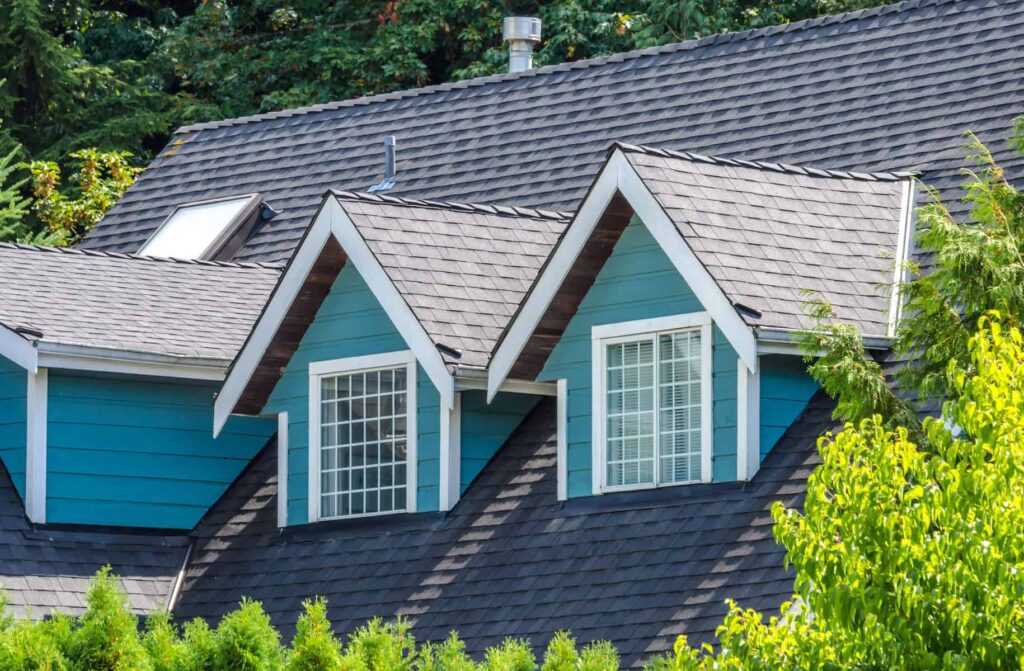
Dormer loft conversions or dormer windows are another way to achieve headroom where it might otherwise be difficult in a loft conversion or a house that doesn’t extend to two full storeys. According to Houzz Magazine, what makes a loft conversion a dormer conversion is the angle of the box: the dormer extension walls sit […]
How to think outside the box when doing a home renovation
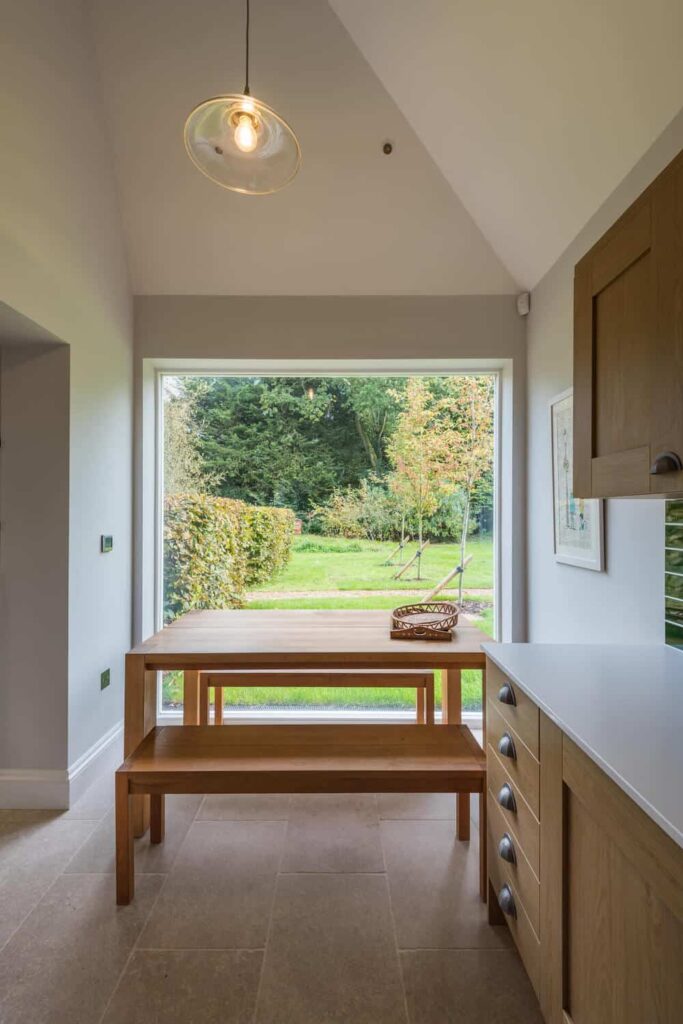
It’s easy to get carried away with home renovation trends, what your neighbours and friends are doing or what you believe can be achieved. Sometimes you need some left of centre thinking to achieve that extra wow factor when renovating or refurbishing your home.This article in Houzz (yes, we love Houzz), shares some ‘out of […]
Loft Conversion London – Hip to Gable Loft Conversions
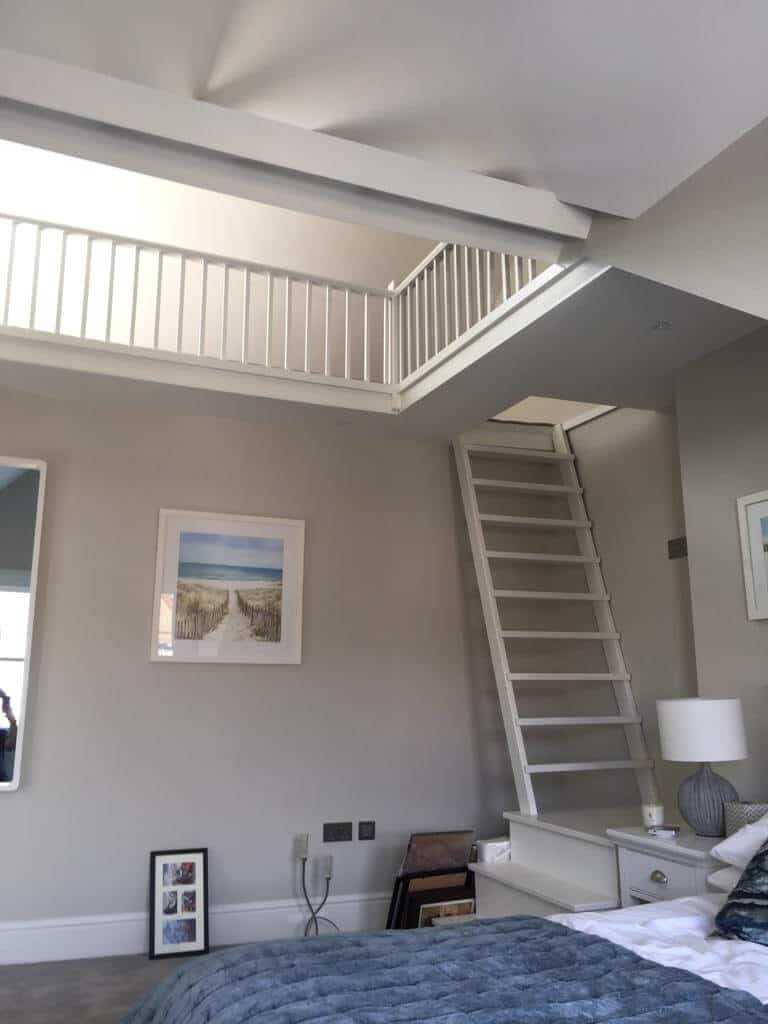
We’ve talked at length about loft conversions…planning permission, building control, costs and types. We thought we’d now delve a little deeper into each of the types of loft conversions that you could consider.Hip to Gable Loft Conversions are ideal for a detached or an end-of-terrace property. It is designed by straightening a slanted end roof […]
How to Link Your Outdoor and Indoor Spaces
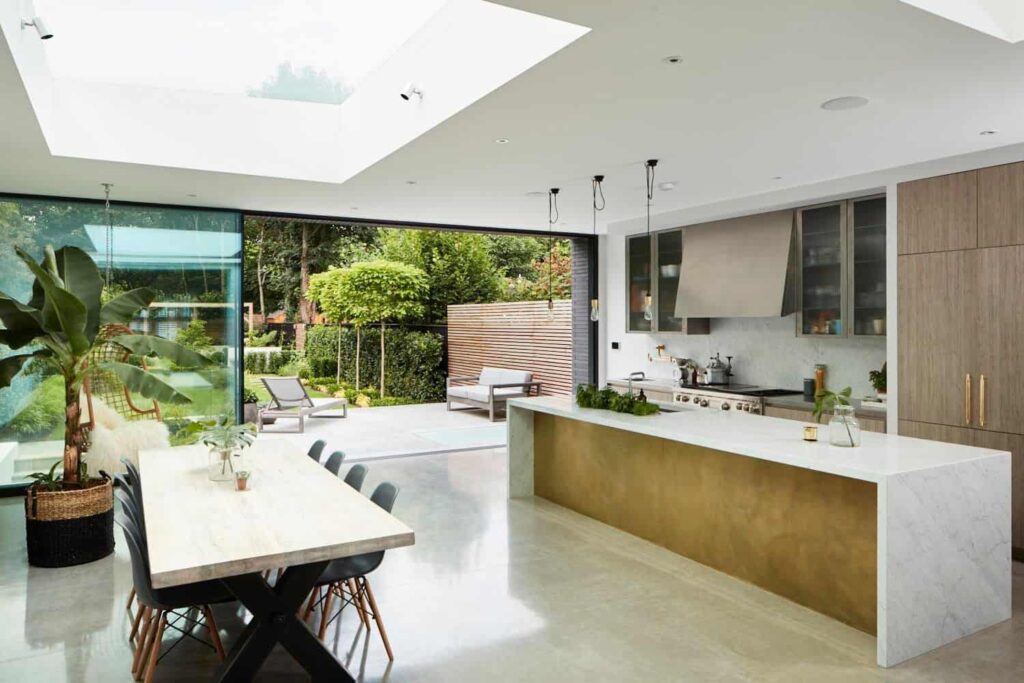
With summer fast approaching (we hope), there’s no better time to think about integrating your indoor and outdoor spaces so that you can feel one with nature whether it’s rain or shine.This article in Houzz, shares the views of three experts on how to create a home and garden that function as a single holistic […]
Window Repair: What’s Involved and How Much Does it Cost?
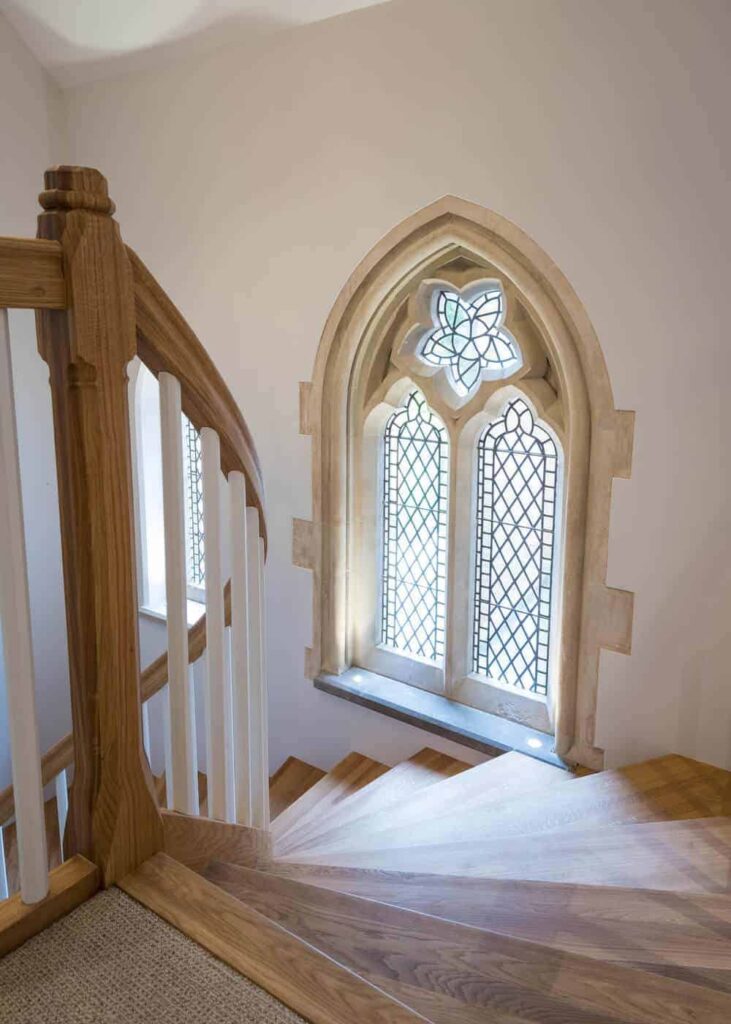
When it comes to renovating an old house, in many cases, window repair can make more sense than replacement. The optimum solution will depend on factors such as the condition of the existing units, the type and location of the property, and, of course, the size of your budgetWe found this comprehensive article in Homebuilding […]